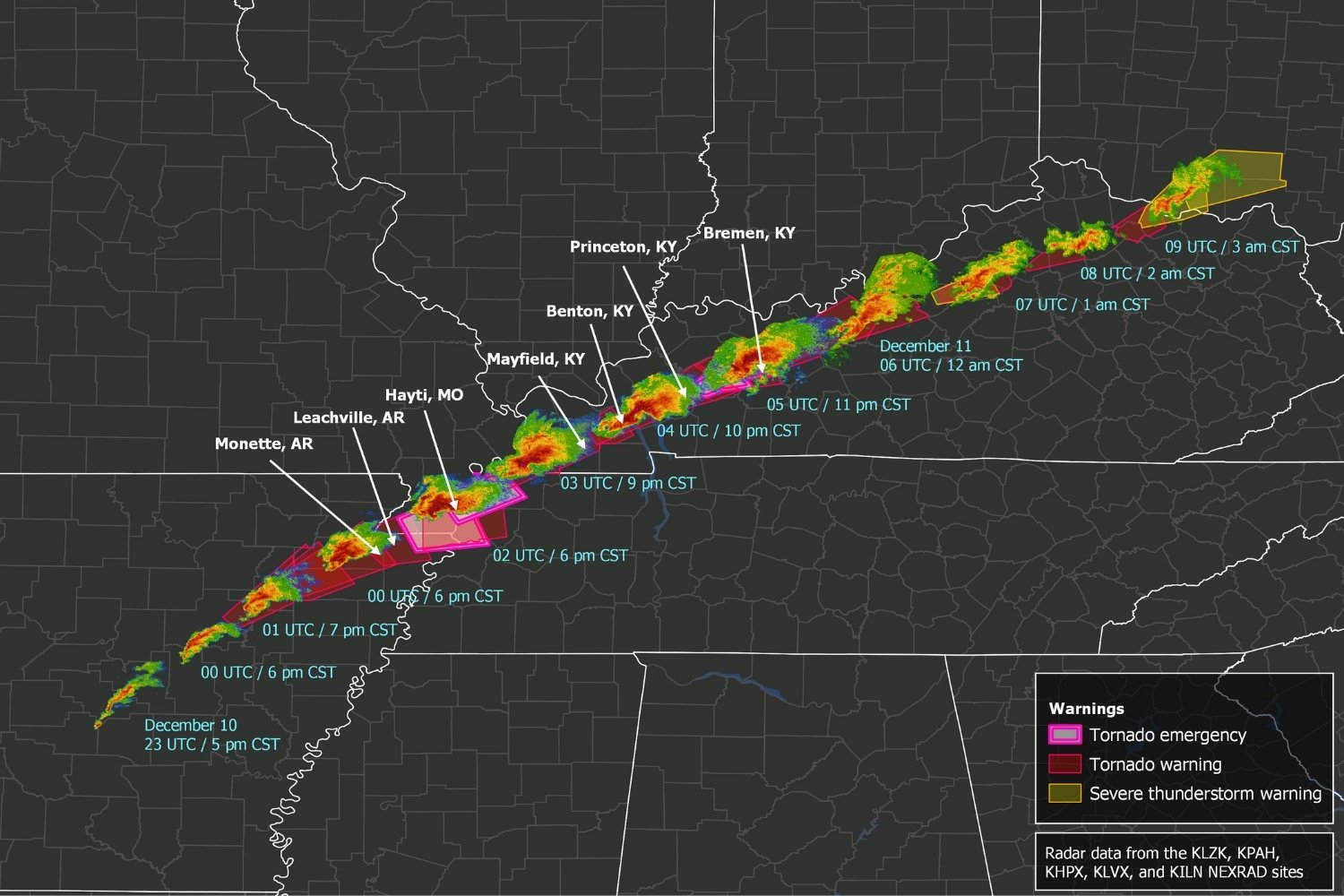
Ever wondered how tornado trackers work? These devices are crucial for predicting and understanding tornadoes. Tornado trackers use advanced technology to monitor weather patterns, helping meteorologists forecast these powerful storms. They rely on Doppler radar, satellites, and computer models to gather data. This information is then analyzed to predict a tornado's path and intensity. Tornado trackers have saved countless lives by providing early warnings, giving people time to seek shelter. Understanding the tech behind these devices can help you appreciate their importance. Let's dive into 15 fascinating facts about these life-saving tools.
Tornado Trackers: The Unsung Heroes of Weather Science
Tornadoes are among nature's most unpredictable and destructive forces. Tracking these violent storms requires cutting-edge technology and dedicated scientists. Here are some fascinating facts about the tech behind tornado trackers.
Advanced Radar Systems
Radar technology plays a crucial role in detecting and analyzing tornadoes. These systems provide real-time data, helping meteorologists predict tornado paths and issue warnings.
- Doppler Radar: Doppler radar measures the velocity of particles within a storm, allowing scientists to detect rotation that may indicate a tornado.
- Dual-Polarization Radar: This advanced radar can differentiate between types of precipitation, such as rain, hail, and debris, providing more accurate storm analysis.
- Phased Array Radar: Originally developed for military use, phased array radar scans the sky faster than traditional radar, offering quicker updates during severe weather events.
Mobile Storm Chasing Units
Storm chasers play a vital role in tornado research. Equipped with high-tech gear, these mobile units gather data from the heart of the storm.
- Mobile Doppler Radar: Mounted on trucks, these portable radar systems can be driven directly into storm paths to collect detailed data.
- Weather Balloons: Released into the storm, these balloons carry instruments that measure temperature, humidity, and wind speed at various altitudes.
- Drones: Unmanned aerial vehicles (UAVs) can fly into dangerous areas, capturing high-resolution images and real-time data without risking human lives.
Satellite Technology
Satellites orbiting Earth provide a bird's-eye view of weather patterns, offering invaluable information for tornado tracking.
- Geostationary Satellites: These satellites remain fixed over one location, providing continuous monitoring of weather systems.
- Polar-Orbiting Satellites: Circling the globe from pole to pole, these satellites offer detailed images of the entire Earth, helping track storm development.
- Infrared Imaging: Satellites equipped with infrared sensors can detect temperature differences, revealing the structure and intensity of storms even at night.
Computer Models and Simulations
Advanced computer models simulate tornado formation and behavior, helping scientists understand these complex phenomena.
- Numerical Weather Prediction (NWP): Using mathematical models, NWP forecasts weather by simulating the atmosphere's behavior based on current conditions.
- Ensemble Forecasting: This technique runs multiple simulations with slightly different initial conditions, providing a range of possible outcomes to better predict tornado paths.
- High-Resolution Models: These models offer detailed simulations of small-scale weather events, such as tornadoes, providing more accurate forecasts.
Early Warning Systems
Early warning systems save lives by alerting communities to impending tornadoes, giving them time to seek shelter.
- NOAA Weather Radio: This nationwide network broadcasts continuous weather information and emergency alerts, including tornado warnings.
- Wireless Emergency Alerts (WEA): These alerts are sent directly to mobile phones in affected areas, providing immediate notification of severe weather.
- Tornado Sirens: Installed in many tornado-prone areas, these loud sirens warn residents to take cover when a tornado is imminent.
The Power of Tornado Trackers
Tornado trackers have revolutionized how we understand and respond to these natural disasters. With advanced technology like Doppler radar, satellites, and storm chasers, predicting tornado paths has become more accurate. This means more lives saved and less property damage.
Data collected by these trackers helps meteorologists create better warning systems and improve safety protocols. Communities can prepare in advance, reducing panic and chaos. Plus, the information gathered aids in scientific research, leading to even more innovations in weather forecasting.
Tornado trackers aren't just about technology; they're about saving lives and protecting communities. As tech continues to advance, so will our ability to predict and respond to these powerful storms. Stay informed, stay safe, and appreciate the incredible work done by these unsung heroes of weather science.
Was this page helpful?
Our commitment to delivering trustworthy and engaging content is at the heart of what we do. Each fact on our site is contributed by real users like you, bringing a wealth of diverse insights and information. To ensure the highest standards of accuracy and reliability, our dedicated editors meticulously review each submission. This process guarantees that the facts we share are not only fascinating but also credible. Trust in our commitment to quality and authenticity as you explore and learn with us.
